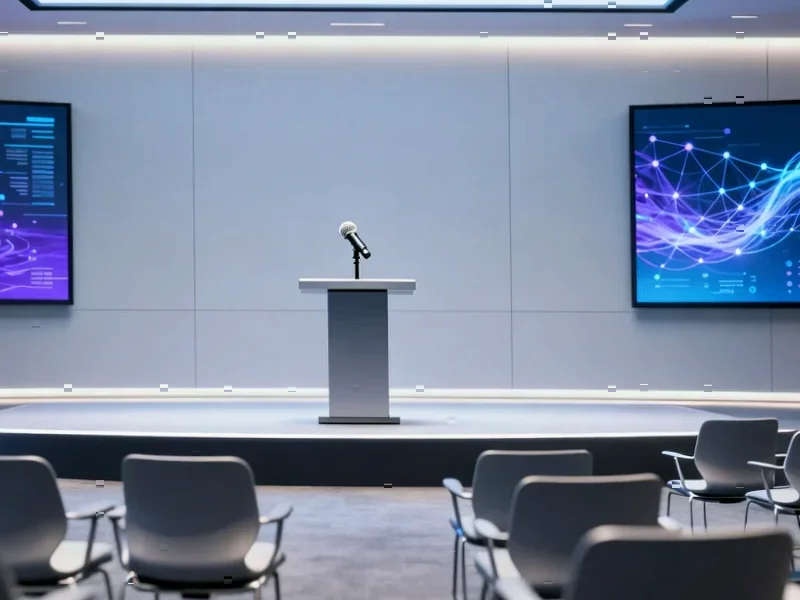According to Business Insider, hedge fund executive Tony Yoseloff described Big Tech’s AI spending as creating “a little bit of a prisoner’s dilemma” where companies must invest heavily because their competitors are doing the same. Yoseloff, chief investment officer at Davidson Kempner Capital Management which manages about $37 billion, made these comments on the Goldman Sachs “Exchanges” podcast, noting that this spending dynamic affects nearly every investor since mega-cap tech stocks dominate US equity markets. He compared the current AI investment cycle to historical technology adoption timelines, pointing out that it took 10 years for personal computers and 5-6 years for the internet to show productivity gains, suggesting AI’s economic benefits could still be years away despite market enthusiasm. The analysis comes amid warnings from industry leaders including OpenAI CEO Sam Altman and Microsoft cofounder Bill Gates about potential AI overexcitement reminiscent of past technology bubbles.
The Coming CapEx Reckoning
What makes this AI investment cycle particularly precarious is the sheer scale of capital expenditure required. Unlike previous technology waves where software dominated, today’s AI revolution demands massive hardware infrastructure – from NVIDIA’s specialized GPUs to custom AI chips and data center construction. We’re witnessing what could become the largest concentrated infrastructure buildout in technology history, with estimates suggesting Big Tech will spend over $200 billion on AI-related capital expenditures in 2024 alone. The prisoner’s dilemma analogy is particularly apt because unlike traditional R&D spending, much of this investment is going toward commoditized infrastructure that may not deliver sustainable competitive advantages once the initial land grab phase concludes.
The Public Markets Patience Problem
Yoseloff’s observation about market patience strikes at the core tension in today’s AI investment landscape. While companies like Microsoft, Google, and Meta have the cash flow to fund these investments internally, public market investors have shown decreasing tolerance for “vision” spending without clear near-term returns. We saw this pattern play out during the metaverse investment cycle, where Meta’s Reality Labs losses eventually triggered significant investor pushback despite Mark Zuckerberg’s long-term vision. The critical difference this time is that AI spending is more defensive – companies genuinely risk being left behind if they don’t participate – but that doesn’t guarantee investors will tolerate years of elevated spending without corresponding revenue growth.
Beyond Dot-Com Comparisons
While comparisons to the dot-com era are useful, the current AI investment cycle differs in several crucial ways. First, the companies driving this spending are fundamentally profitable enterprises with proven business models, unlike many dot-com startups that burned cash without revenue. Second, AI capabilities are demonstrating tangible productivity improvements even in early stages, whereas many internet companies took years to prove their economic value. However, the risk lies in what I call “infrastructure overshoot” – building capacity that exceeds near-term demand. We’re already seeing early signs of this in cloud computing, where AI-driven capacity expansion could lead to pricing pressure as providers compete for limited enterprise AI workloads.
The Inevitable Shakeout Scenario
Looking ahead 12-24 months, I anticipate a significant consolidation phase where the current “everyone must invest” mentality gives way to more strategic, ROI-focused spending. Companies that have built generic AI infrastructure without clear differentiation will face margin compression as capabilities become commoditized. The winners will be those who’ve developed proprietary data moats, unique model architectures, or vertical-specific applications that can’t be easily replicated. We’re likely to see a bifurcation between infrastructure providers (who face intense competition) and application layer companies (who can leverage AI as a utility). The coming years will test whether today’s massive AI investments represent visionary positioning or what Bill Gates aptly described as potential “dead ends” in the technology landscape.




